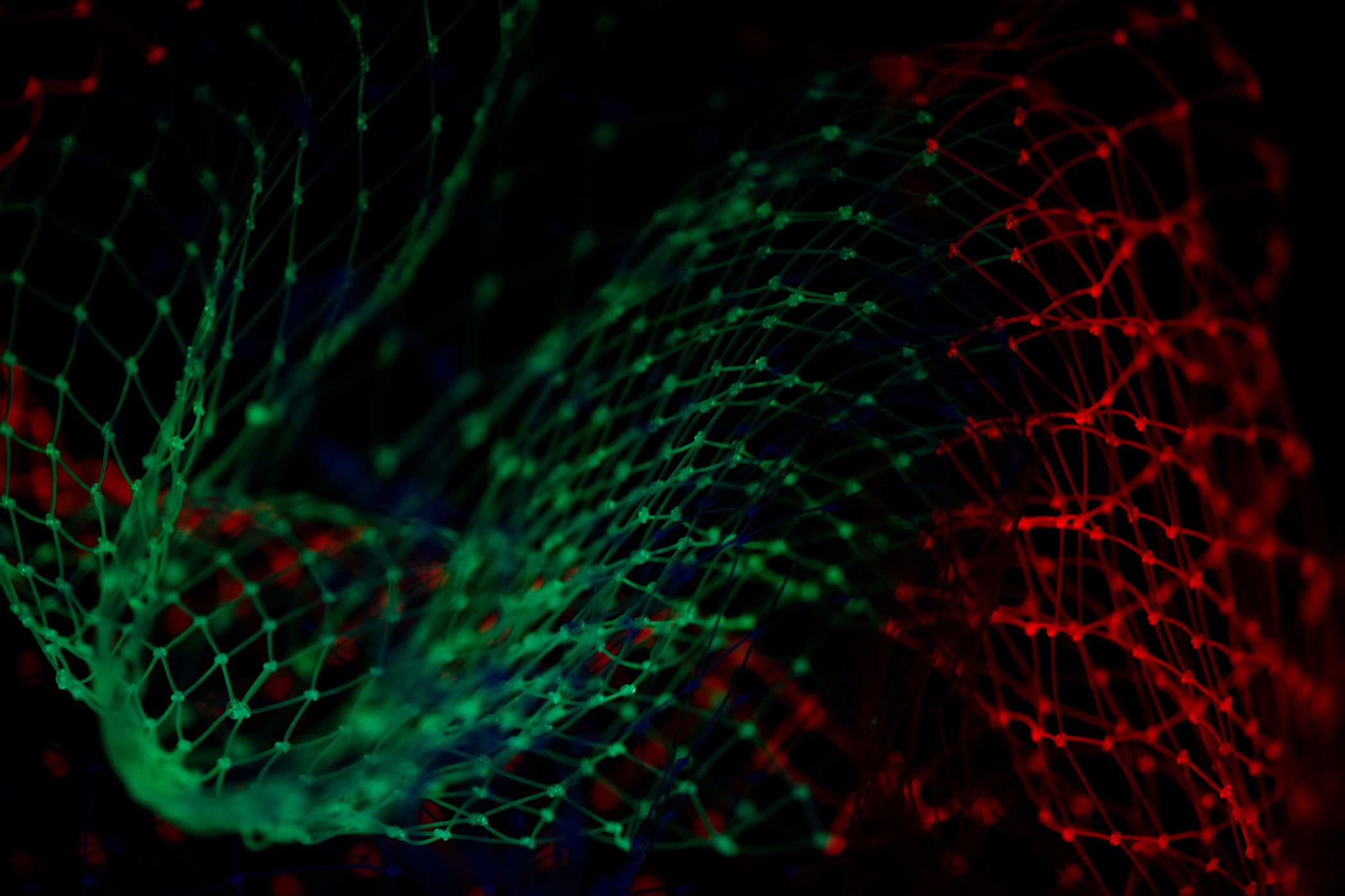Web3 Product Design Careers for Blockchain-Based Apps
A career guide for UX/UI designers looking to enter the Web3 space. Learn the unique challenges of designing for dApps and how to build a standout portfolio.

One of the biggest hurdles to the mainstream adoption of Web3 is its often-terrible user experience (UX). For new users, interacting with a decentralized application (dApp) for the first time can be a confusing and intimidating process. This has created a massive demand for skilled Web3 Product Designers who can bridge the gap between the complex backend of the blockchain and the end-user.
For a designer, Web3 is an exciting new frontier. It's a chance to solve novel design problems and to define the interaction patterns for the next generation of the internet. This guide outlines the path for a designer looking to build a career in Web3. For more details, see our guide on getting started as a Web3 UX designer.
The Unique Challenges of Web3 UX
Designing for Web3 is not just about making things look pretty. It's about guiding users through a completely new set of interactions and mental models.
- Wallet Interactions: The user's wallet is their account. The entire user journey starts with a "Connect Wallet" button. Designers must create intuitive flows for connecting wallets, signing messages, and approving transactions.
- Gas Fees and Transaction Times: Unlike in Web2 where actions are instant, blockchain transactions cost money (gas) and take time to confirm. A key design challenge is to communicate these concepts clearly without overwhelming the user.
- Security and Trust: Users are often handling their own financial assets. The design must inspire trust and help users avoid common scams and phishing attacks. This involves clear communication, transparent data display, and security warnings.
For a deeper dive, review our Web3 UX Design Best Practices.
The Web3 Designer's Skillset
- Strong UX Fundamentals: You need a solid foundation in user research, wireframing, prototyping, and interaction design.
- Empathy for the New User: You must be able to put yourself in the shoes of someone who has never used a crypto wallet before. Your job is to be their guide.
- Technical Curiosity: You don't need to be a developer, but you must be willing to learn the basics of how a blockchain works. You should understand what a transaction is, what gas is, and the difference between a hot wallet and a cold wallet.
- Proficiency in Design Tools: Expertise in Figma is the industry standard.
How to Build Your Web3 Design Portfolio
Since you're likely transitioning from Web2, your portfolio is your key to proving you understand the Web3 space.
- Immerse Yourself as a User: Before you design, you must be a user. Use DeFi protocols, buy NFTs, and experience the good and the bad of Web3 UX firsthand.
- The Redesign Project (Your Portfolio Centerpiece):
- Find a popular dApp that you think has a poor user experience.
- Create a detailed case study where you redesign a specific user flow (e.g., the staking process or the governance voting page).
- Document your process: What was the problem? Who was the user you were solving for? What were your design decisions and why?
- Create high-fidelity mockups in Figma.
- Contribute to an Open-Source Project: Find a Web3 project on GitHub and offer your design skills. You could help redesign a component, create a new icon set, or improve the layout of their documentation.
- Publish Your Thoughts: Write a blog post or a Twitter thread about a specific Web3 UX challenge and how you would solve it.
A career as a Web3 UX designer is a chance to be at the forefront of a design revolution. By focusing on clarity, security, and user empathy, you can play a critical role in making the decentralized internet accessible to everyone.
Frequently Asked Questions
1. What does a Web3 Product Designer do?
A Web3 Product Designer creates the user experience (UX) and user interface (UI) for decentralized applications (dApps). Their primary goal is to make complex blockchain interactions intuitive, safe, and accessible for mainstream users.
2. What are the biggest challenges in Web3 design?
The biggest challenges include simplifying wallet interactions, explaining concepts like gas fees and transaction finality, and building user trust in a high-stakes environment where mistakes can be costly. We cover these in detail in our Web3 UX Design Best Practices guide.
3. Do I need to be a coder to be a Web3 designer?
No, but you need to be technically curious. You should understand the fundamental concepts of how a blockchain works so you can design for its unique constraints and possibilities.
4. How can I build a portfolio for a Web3 design job?
The best way to start is with a redesign project. Find a dApp with a confusing interface and create a detailed case study showing how you would improve its UX. This is the most powerful way to demonstrate your skills. Our guide on getting started as a Web3 UX designer has more tips.
5. Are there many jobs for designers in Web3?
Yes, the demand for skilled product designers is exploding. As the industry focuses on attracting mainstream users, great design has become a key differentiator and a top priority for all serious projects. It is one of the best non-developer jobs in Web3.



